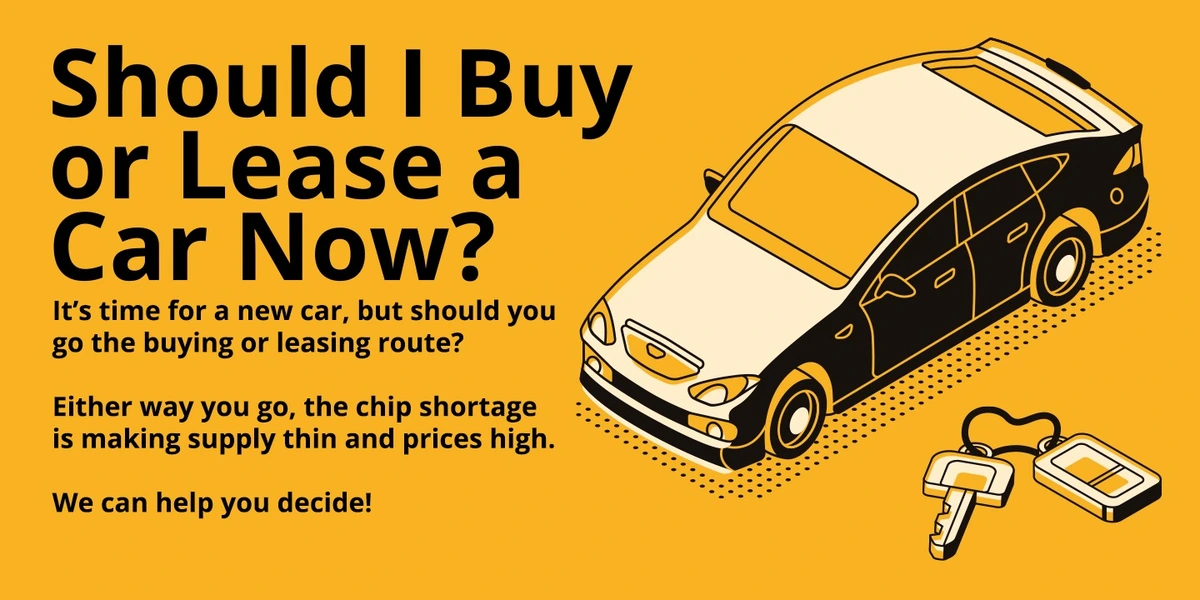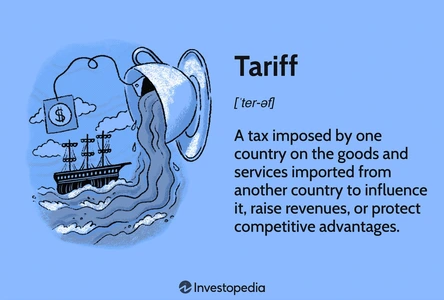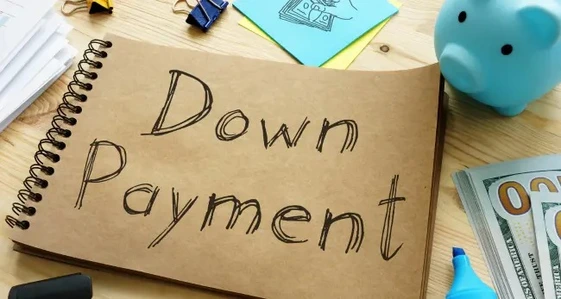When it comes to buying a vehicle there's a couple different ways of purchasing. You have cash, finaincing, and leasing. The choice between leasing or financing a car represents a critical financial decision. Both options present unique benefits and drawbacks that should be thoughtfully evaluated against personal needs and financial situations. Financing, essentially a loan used to buy a vehicle outright, results in eventual ownership. Leasing involves renting a car for a set period, typically two to four years.
One of the most noticeable differences is in the initial costs. Financing generally demands a larger down payment, possibly between 10% to 20% or more of the vehicle’s price. Leasing, in contrast, usually requires a smaller down payment, sometimes even none at all. This reduced entry cost is a substantial attraction for those with limited savings or a desire for lower initial spending. Nonetheless, this initial saving is frequently counterbalanced by higher monthly payments in a lease. Monthly payments for a financed vehicle are typically lower than those for a lease, reflecting the smaller initial outlay and the gradual amortization of the loan.
Financing agreements can extend across several years, even up to seven or more, allowing for significant flexibility in repayment terms. Leases, however, are usually shorter, generally two to four years. This reduced timeframe signifies that consumers are contracted to the lease terms for a shorter period. While providing the flexibility to change vehicles frequently, this limitation also requires careful thought regarding future transportation needs. Many lease agreements come with mileage restrictions that, if surpassed, incur considerable penalties.
Choosing between leasing and financing is complex and depends on personal finances and preferences. Both options have pros and cons, and careful evaluation of costs, payments, ownership, and taxes is essential for making the best decision.






